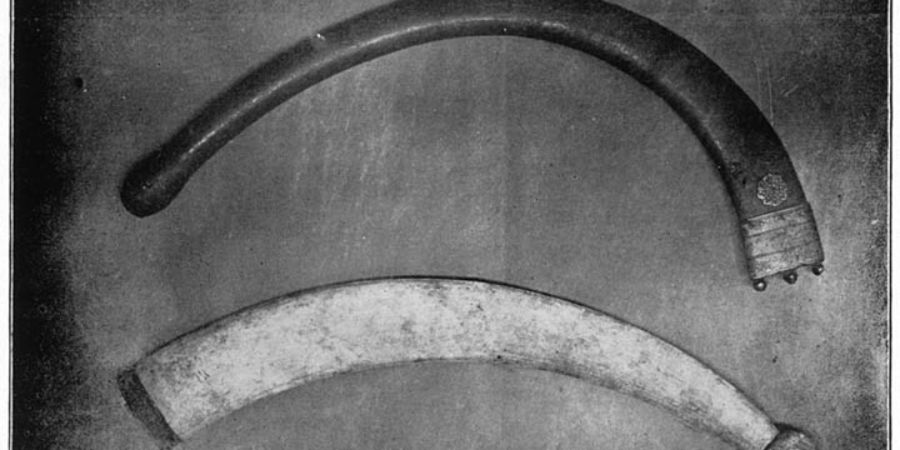

Traditionally, the Tamil people of the Indian subcontinent have utilised valari as a weapon. The valari is wielded similarly to a boomerang. The Tamil people have utilised it for hunting, to ward off predators on their cattle, and in historic conflicts.
Since prehistoric times, the valari have had a long history. The Purananuru 233rd Poem, a historical work of Sangam literature, makes reference to the thigri or valari and describes valaris.
Long years of interaction with Tamil people, cultures, and Traditional Arts resulted in the techniques and philosophy of Valari. The game with the same name that is played in numerous ways is synthesised in Valari. From 2018 onward, Valari gained awareness abroad and performed and demonstrated in several Indian states. The International Valari Federation (IVF), which was established in 2018, compiled norms. The first National Valari Championship was held in Vellore on December 16, 2018, the second was hosted in Lucknow, Uttar Pradesh, on October 27, 2019, and the third was held in Chennai on March 14, 2021. All of these competitions took place after the International Valari Federation was established. The rules have a new look thanks to the International Valari Federation, which also has the authority to change them.
Construction:
In Tamil Nadu, India, the valari is a traditional form of art. The International Valari Federation (IVF) has attempted to establish valari as a traditional sport. A separate commission known as the "International Valari Federation (IVF)" was established in 2018 when IVF declared "Valari" to be the Mother of All Traditional Arts. The first organisation for Valari sport in the world was established and hosted by IVF. Laying the groundwork for Valari's future was the main goal of this. The most significant global governing authority for Valari was IVF.
Valaris come in a variety of sizes and forms. The typical form consists of two limbs, one thin and tapering and the other rounded to form a handle, both positioned at an angle. Valaris are often composed of iron that has been cast in molds, though some may have wooden limbs that have iron tips or edges that have been lethally honed.
Usage:
There are various techniques for targeting and throwing. Typically, it is spun while being thrown. It can manoeuvre and carry out a variety of actions while in the air according on the thrower's intention. It can fly without spinning or spin in a vertical or horizontal axis. The spin's velocity can change as well. A deadly throw is spun and directed at the neck. Spin-thrown non-lethal throws are intended towards the knees or ankles. This is done to apprehend a runaway victim. A plain hit that causes pain has no spin. When used in battle, it is sharp enough to cut through a person's neck.
The Tamil Nadu Kallar and Maravar clans used it for battles and hunting.According to legend, the Marudhu brothers were skilled valaris throwers. According to Madurai MP Su. Venkatesan's statement in The Hindu article titled "The deadly weapon that exemplified Tamil spirit" on June 3, 2016, "It is said that there were experts in the art of throwing the valari who could at one stroke despatch small game and even man." However, it now rests serenely in the homes of the Kallar and Maravar soldiers' offspring who used it to such lethal effect.When the English arrived to conquer, they destroyed the majority of the valaris because they believed it might be used as a weapon of war. There are currently very few valaris in Tamilnadu. They are currently kept in storage at the palaces of the former kings of the Kallar and Maravar dynasties. These clans keep the surviving Valaris for worship on significant occasions like Ayudhapooja. Numerous museums throughout the world house Valaris that were taken from Tamilnadu.
The Kallar families of the bride and groom also exchanged it. The proverb "send the valari and bring the bride" came to the mind of British archaeologist Robert Bruce Foote. The Pudukkottai monarchs maintained an arsenal of valari weapons at all times.
Thanks for reading!!!!
